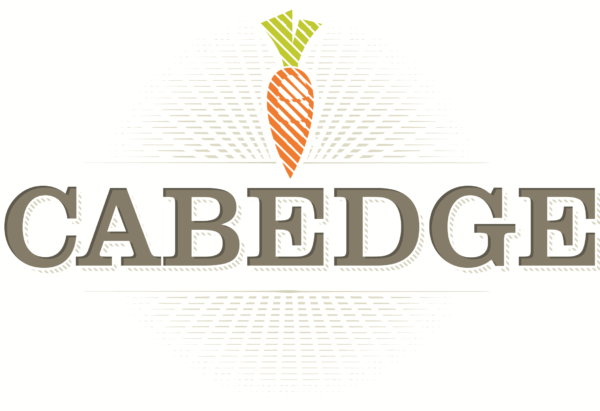Digital Marketing: What it is and Why Your Organization Needs It
Marketing, as defined by the American Marketing Association is, “the activity, set of institutions, and processes for creating, communicating, delivering, and exchanging offerings that have value for customers, clients, partners, and society at large.”
Digital marketing takes those traditional marketing activities into the digital space. It is a non-traditional field that encompasses a wide range of skills and elements and is essential to achieve success in the world today.
Fundamentals of Marketing
Marketing is all about getting the right message to the right people at the right time. It’s about understanding an audience and catering to their needs. It means staying up-to-date on trends in the digital space and using those up-and-coming communication methods to connect with audience members. Digital marketing encompasses a lot of platforms and methods of communication, but it all comes down to being able to promote a product to the right people in the right manner.
- Understand your product/service’s benefits and features. When you’re selling your product or service you aren’t selling what it is but rather what it can do for the consumer. Will it make their morning run more smoothly? Will it help them chop vegetables more swiftly? Sweaters don’t fly off the shelf because of the color selection they come in, but rather the promise an organization sells of one living their best life while wearing said sweater. Digital marketers know how to pinpoint those benefits and communicate them to a wider audience.
- Define your audience. The main part of a marketer’s job is to understand the audience they are trying to sell to. In the digital space, it’s incredibly easy to get a message out into the world, but it’s not as easy to get that message to the right people. To define your audience, you simply need to determine who your ideal consumer is. Decide what they eat for breakfast. Figure out where they get their information. Determine where they go to get their work done. Figuring out every detail about your consumer helps you determine the right path and message to reach your target audience.
- Craft a persuasive message/call to action. The final step to being a digital marketer is to market. Whatever it is you want accomplished (reading a blog post, buying a product, signing up for a service) you need to share it in a creative and persuasive way on the right channels so it reaches the right audience.
Elements of Digital Marketing
The amazing thing about digital marketing is that there are a handful of different avenues one can go down when exploring the field. Because the online space is constantly growing and changing, so is a digital marketer’s job. Here are just some of the elements a digital marketer must have in mind when providing services:
- Search Engine Optimization (SEO): Increasing organic traffic to your website through search engine rankings.
- Content Marketing: Content marketing requires the creation and promotion of your own content (think blog posts or videos) to build brand awareness and convert customers.
- Social Media Marketing: SMM utilizes social media channels like Twitter, Facebook, and Instagram to promote content and generate leads.
- Pay-Per-Click (PPC): Google AdWords is a type of PPC — marketers pay a certain amount of money based on how much traffic is driven to the site via ad clicks.
- Affiliate Marketing: Commonly seen on social media, affiliate marketing is a method of marketing that requires a partnership between a brand and a promoter where the promoter is compensated for talking about the products/services online. For example, a corporation can partner with a blogger to have them promote its new nail polish.
- Email Marketing: Used as a means of direct communication with consumers, email marketing is a popular way to promote content like discounts and events.
Digital marketing is a big world to tackle — that’s why Cabedge is here to help. We have a team of able digital marketers who consider communicating their passion. Contact Cabedge to get a personalized digital marketing plan for your organization today.




